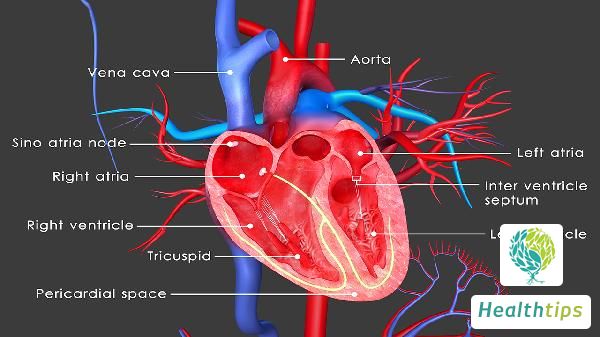"How Frequently Does Gout Typically Occur?"
Update Date:
Source: Network
The onset time of acute gout attacks varies among individuals, and there is no definitive data indicating a specific time frame. However, based on clinical experience, symptoms typically manifest within 24-72 hours in most cases.
Non-Onset Scenarios:
- Absence of Hyperuricemia: For patients with a history of hyperuricemia, aggressive treatment such as taking uric acid-lowering medications can maintain blood uric acid levels within normal ranges, thereby preventing acute gout attacks.
- No Triggering Factors: If a patient has recently maintained good dietary control, avoiding excessive consumption of purine-rich foods, alcohol, and vigorous physical activity, it is unlikely to trigger an acute gout attack.
Onset Scenarios:
- Presence of Hyperuricemia: Patients with a history of untreated or poorly managed hyperuricemia may experience joint redness, swelling, heat, and pain within 24 hours after consuming large amounts of purine-rich foods or drinking alcohol.
- Presence of Triggering Factors: Even if a patient's blood uric acid levels are usually normal, sudden increases due to factors like cold exposure, fatigue, injury, or infection can lead to acute gout attacks. These attacks can be swift, occurring within minutes to tens of minutes, and reaching their peak within just a few minutes. It is recommended that gout patients avoid high-purine foods like animal livers and seafood, quit smoking and alcohol, engage in regular physical activity to improve overall health, and promptly seek medical attention upon experiencing symptoms. Non-steroidal anti-inflammatory drugs (NSAIDs) like Ibuprofen Sustained Release Capsules and Diclofenac Sodium Sustained Release Tablets can be prescribed to alleviate pain.



















